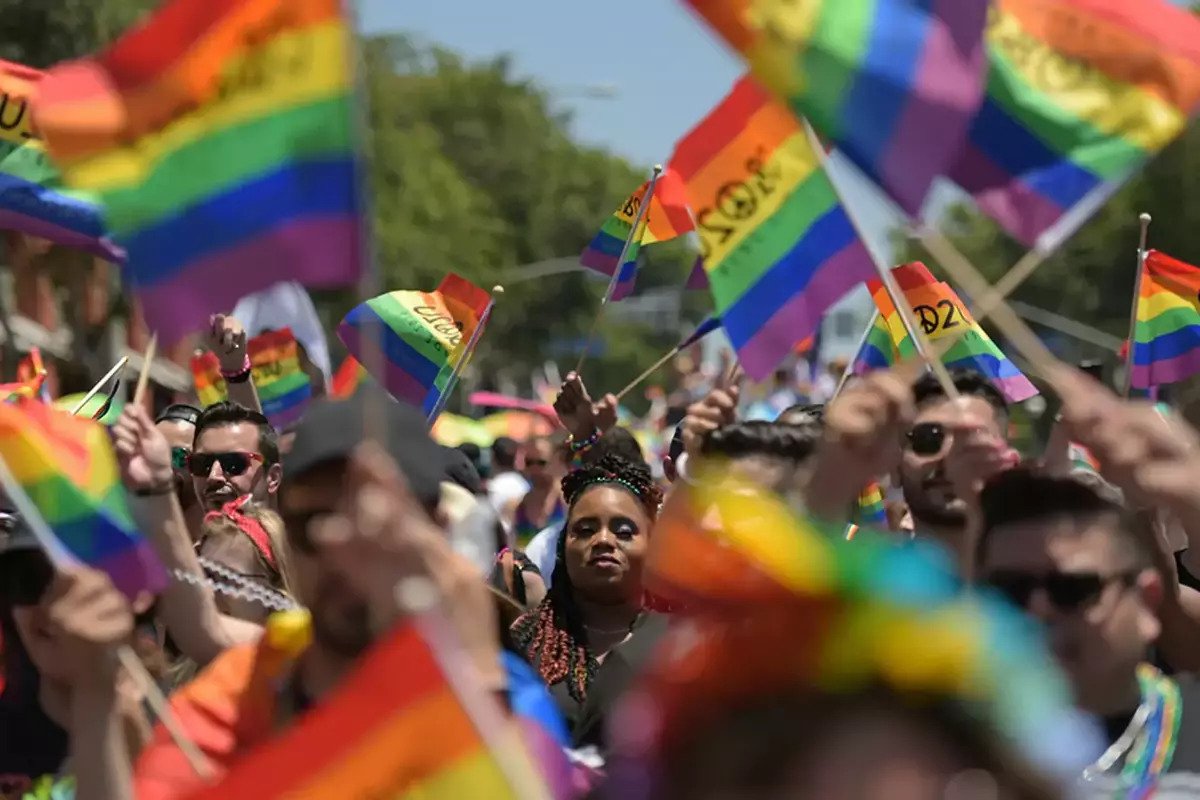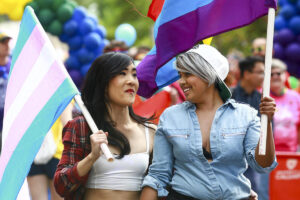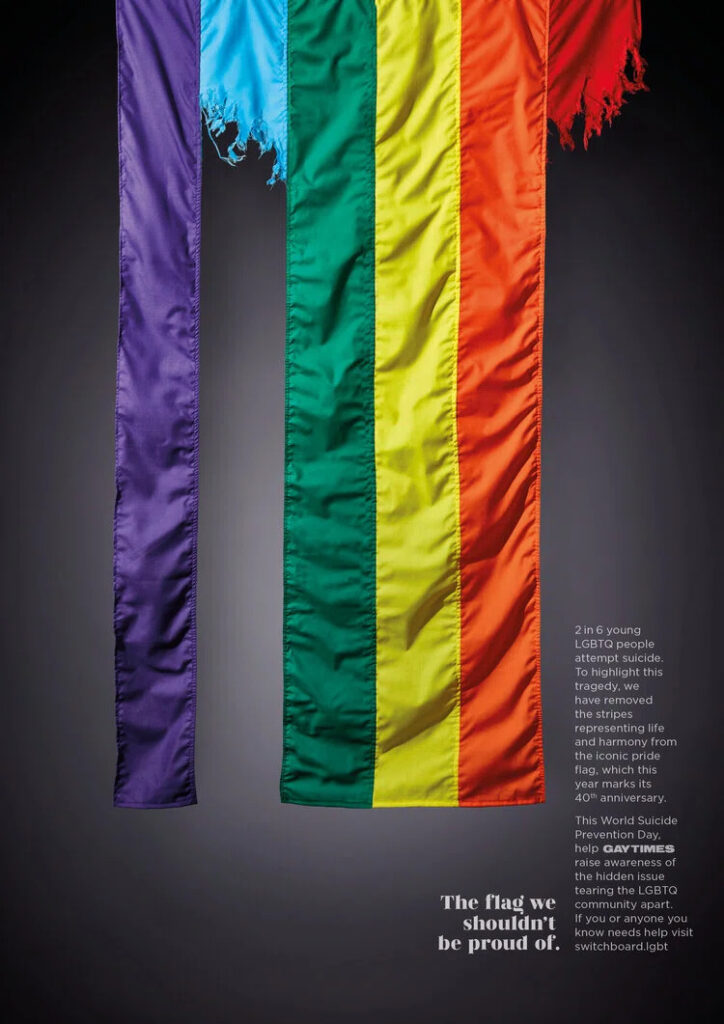The annual Pride Around the World report was released today by OutRight Action International. The latter is a human rights group devoted to enhancing the lives of everybody in the LGBTIQ community.
The report follows the growth of LGBTIQ visibility-related activities, including Pride marches, worldwide. It particularly focused on nations where Pride was first observed in 2021 or where increased repression rendered it impossible.
Additionally, it examines survey responses from 67 activists across 45 nations. It emphasizes the diverse goals of Pride, such as resistance, advocacy, community development, and awareness.
It also draws attention to studies demonstrating that Pride celebrations were seen in about 100 nations in 2021 despite COVID-19 prohibitions. These places include urban enclaves, small towns, and online interactions.
Data on nations where Pride is observed outside of major cities is also provided in the report. This has served as a crucial step for many initiatives. The fact that there are many Pride celebrations confirms that LGBTIQ individuals exist everywhere. It dispels the misconception that being queer is exclusive to the elites in urban and cosmopolitan communities.
Acting executive director of OutRight Action International Maria Sjödin said that Pride is crucial for visibility. This is especially true in places where people somehow hold the sense that LGBTIQ persons don’t exist.
Moreover, LGBTIQ individuals must unite and support one another during year-round activism.
Pride is a moment for celebration, activism, and resistance for LGBTIQ groups all around the world, according to the senior director of law, policy, and research at OutRight Action International Neela Ghoshal.
For Ghoshal, public events like Pride can be a valuable gauge of how well LGBTIQ movements can organize and express their demands. This holds true despite the events not being the top priority of every movement. The fact that more nations had public Pride and visibility events in 2021 than ever before, despite COVID-19 prohibitions, is evidence of the queer movements’ tenacity.




